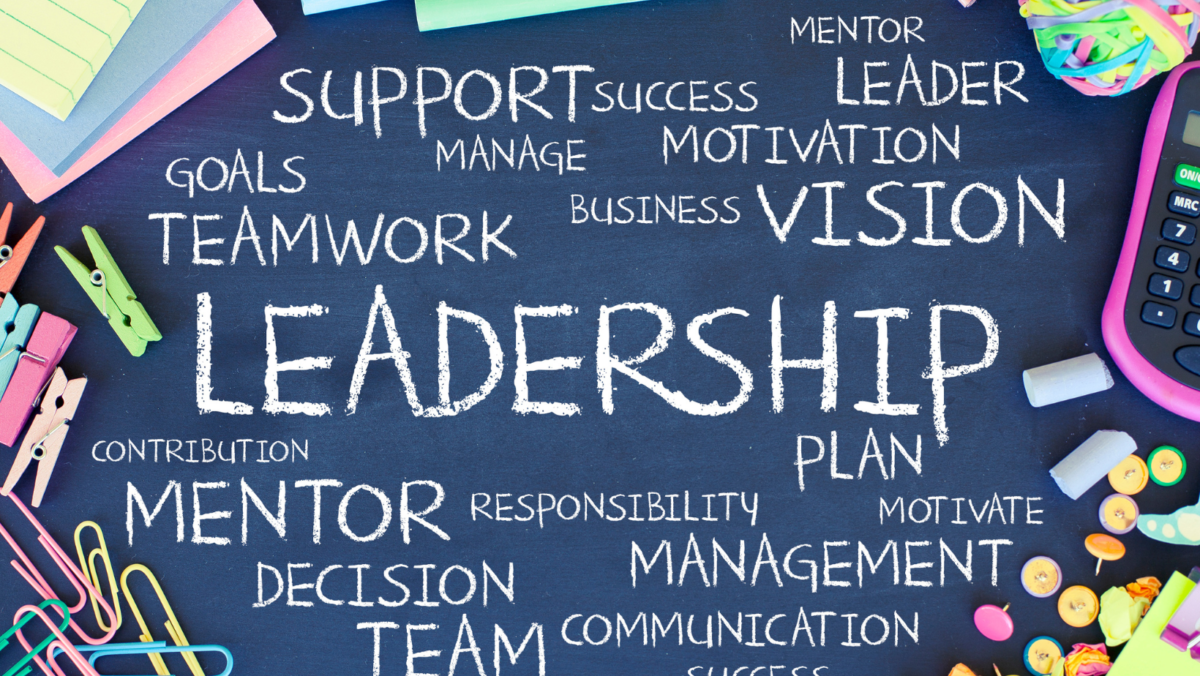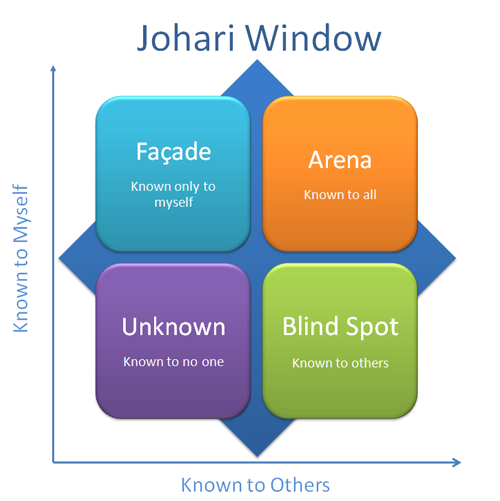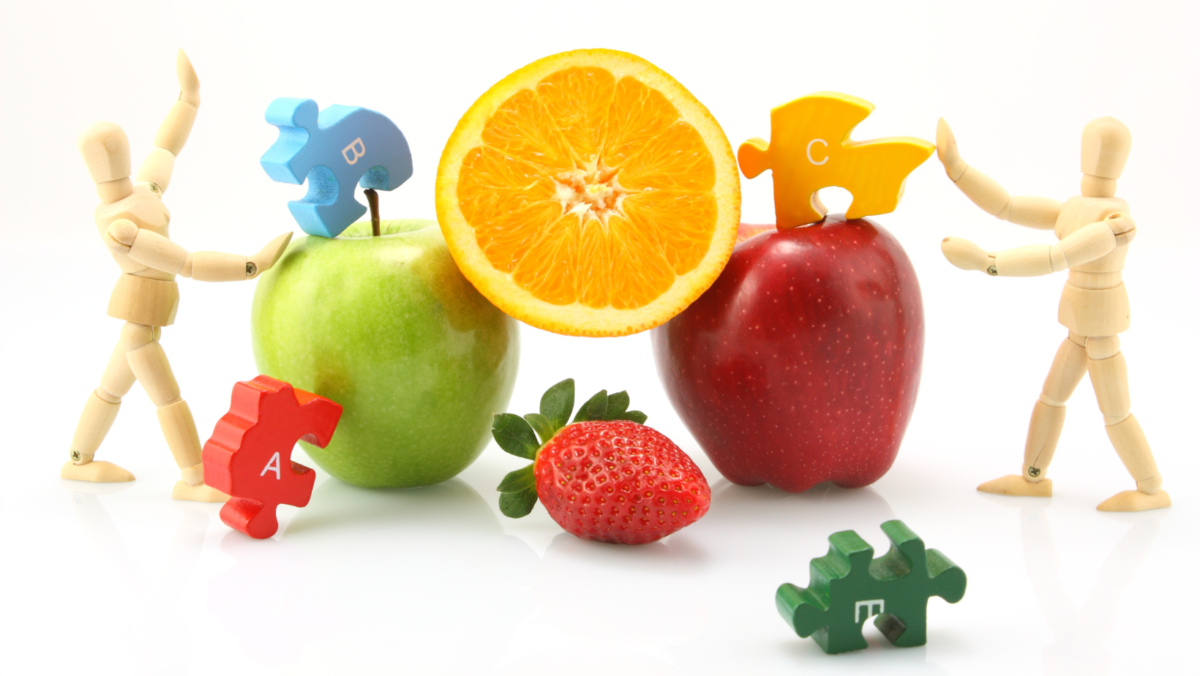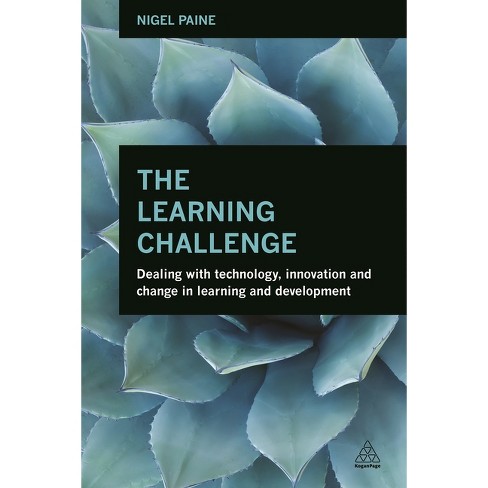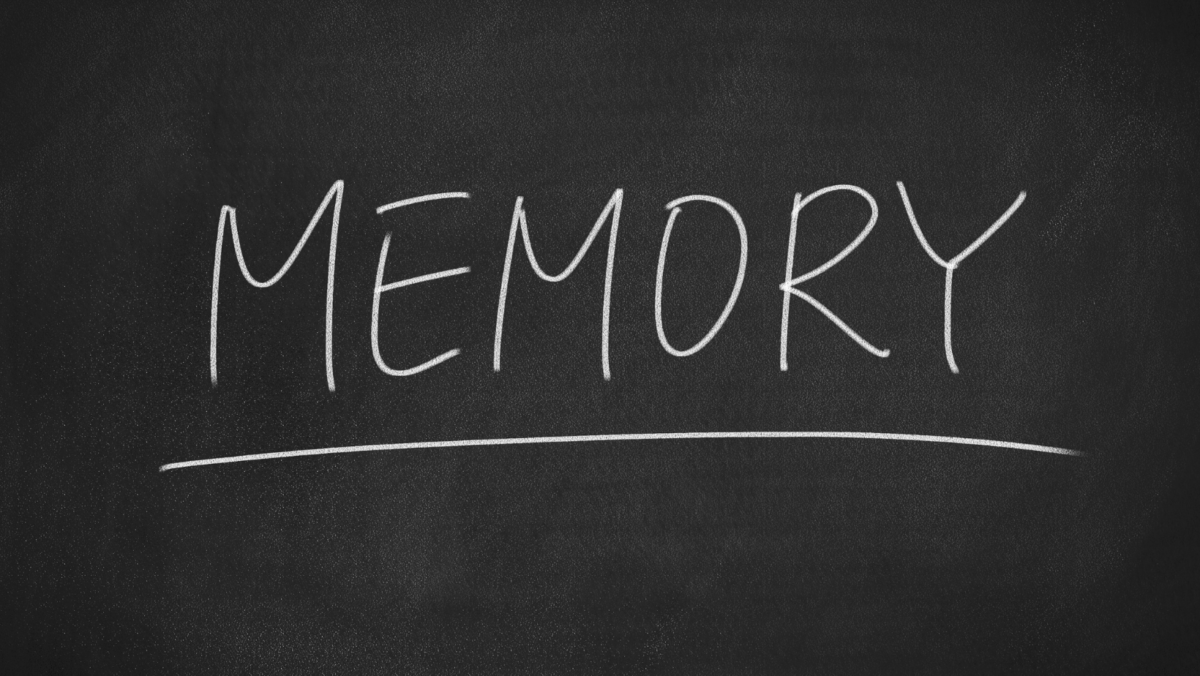Updated August 1st 2023
I had an interesting encounter recently with a Managing Director, let’s call him Dom. I wanted to find out how he manages difficult conversations and communicates with his staff.
“Having difficult conversations? Listening to people? Why do I need to?” asks Dom.
“How have you survived this long without having these conversations, with a business that is 12 years old and has grown to over 100 people?” I ask.
“I delegate all difficult conversations” he says.
“Wow, that is some expertise in delegation!” I respond.
If this ‘delegating conversations’ was unusual, it would not be all that useful for me to write about and for you to read. At least he is being honest. It is often only when I ask people to give me examples of difficult conversations they have had or need to have, that it transpires they have been avoiding having many, many, many conversations they should have been having all along. My experience, as well as research, shows that not having these conversations results in lack of clarity, lack of follow through and a general disengagement by employees.
Did you know, that 1 in 2 people leave their job to get away from their manager?
Did you know that managers account for at least 70% of variance in employee engagement scores?
Did you know that employees whose managers excel at performance management activities are more engaged than employees whose managers struggle with these same tasks.?
And did you know that, clear & consistent communication — whether it occurs in person, over the phone or electronically – is 1 of the main ingredients connected to higher engagement?
Dom and I engaged in a role-play exercise, simulating a conversation that Dom had been avoiding for quite some time. Having already practiced various scenarios with his colleagues, Dom understood the importance of being an attentive listener in this particular conversation. However, during our role-play, I noticed that he appeared to be listening while only pretending to do so. Although he asked relevant questions (which is often half the battle), it was evident to me, and therefore would most likely be evident to others, that his attention was not fully engaged. Perhaps his position as the MD and the support he receives from his senior team allowed him to get away with it so far, but the consequences are becoming apparent. Dom realizes that he must address this issue promptly to prevent potential problems. He can no longer delegate important conversations; his colleagues have reached their limit.
Of course, it is everyone’s responsibility to have conversations. If you would like to consider whether you are asking questions and actually listening, see some more blogs on this topic below:
When is the last time you said Thank You to your team?
FEEDBACK – Everyone needs Feedback!
The Power of the Domino Effect in Organisations

